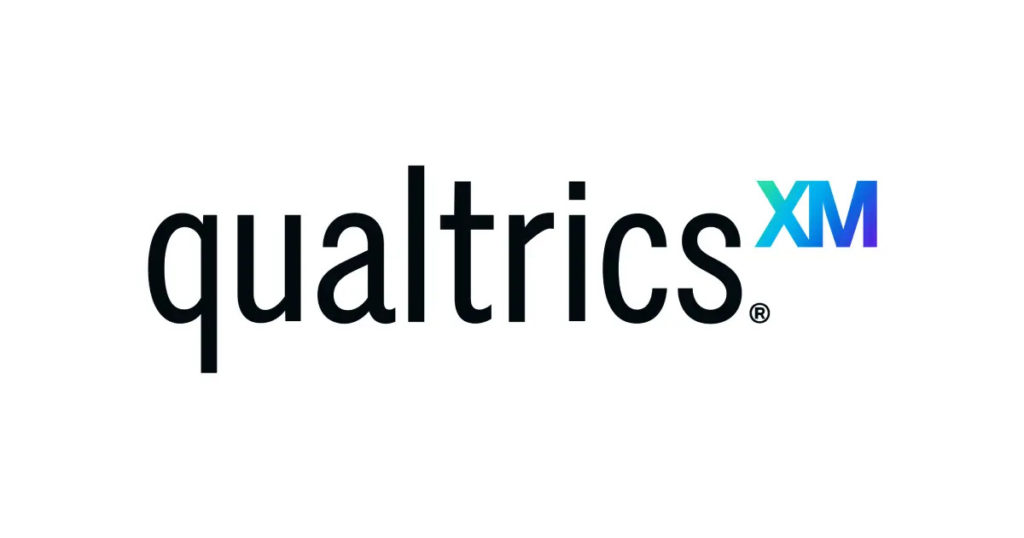In 2002, Ryan Smith along with his brother, father, and a friend co-founded Qualtrics. Qualtrics is an experience management company that is spread across the world. It has two headquarters in the US, one in Washington and the other one in Utah. Qualtrics is a public company listed on NASDAQ and it has more than 4,000 employees. The company specializes in experience management and provides a cloud-based platform for the same on a subscription basis.
About Qualtrics
In 2002, the company was founded by Ryan Smith, Scott M. Smith, Jared Smith, and Stuart Orgill. Currently, Ryan Smith is the executive chairman while the other members have departed from the company. Zig Serafin is the present CEO of the company. After a decade of founding the company, Qualtrics landed funding from the top two venture capital firms in the US, Sequoia Capital, and Accel. They invested consecutively in two funding rounds and the valuation of Qualtrics became $1 billion in 2014.
In 2018, SAP announced that it would acquire company for $8 billion and the deal was completed in 2019. Two years later, SAP expressed its intention to take Qualtrics public, and thus in January 2021 it was listed in NASDAQ. This year, an executive member of Microsoft, Brad Anderson left the company to join Qualtrics. In 2016 and 2017, the company appeared on the Forbes 100 Cloud List ranking 12th and 6th respectively.

History of Qualtrics
When the Smiths along with Stuart Orgill started the company it was mainly a single-product survey company. The academics used this product to conduct research and it was not an ideal business model for a fresh start-up. They were initially serving a very small market with customers who weren’t willing to pay too much. As a result, Qualtrics was unable to land any investors in the early days.
One way to turn the future of the company was to make it a multiproduct company and by 2010 company was able to expand in various sectors. The products of the company helped many organizations to manage customer experience, perform market research, and get employee insights. The change in the business model of Qualtrics helped it attract two top venture capital firms in the country. The series A funding round took place in 2012 where Sequoia Capital and Accel jointly invested $70 million followed by another round of investment in 2014 by the same firms. After these two rounds, the valuation of the company reached $1 billion.
Recent Years
In 2017, Company launched its first experience management platform (XM) to help companies oversee the main four business experiences which are customer, employee, product, and brand. After launching this successful product, SAP showed interest in acquiring the company and the deal was closed in 2019 for $8 billion. In early 2021, the opening price of Qualtrics valued the company three times the amount. Throughout the journey of Qualtrics, the company has rigorously rebuilt the teach stack, replaced codes, and rearranged the company’s structure. It has taken many huge risks and reached its highest potential.
After becoming a multiproduct company, Qualtrics has made two acquisitions. In 2016, it acquired a startup called Statwing and after two years it acquired Delighted. The sum for the acquisition was not disclosed for either of the company. Qualtrics has also received several awards and accolades. Last year, the company earned the designation of “Leader” in Gartner’s Magic Quadrant for Voice of Customers. The Core XM platform of Company was chosen by Edison Awards in the Applied Technology category for the gold winner.
Zig Serafin – CEO
Zig Serafin is the present CEO of the company. He joined Qualtrics in 2016 as the Chief Operating Officer and contributed to the development and launch of the Qualtrics XM Platform. Under his leadership, Qualtrics experienced very rapid growth and increased its customers to more than 13,000. Before joining Qualtrics, Zig worked at Microsoft for 17 years. He was the Corporate Vice President when he left the company.

Annasha Dey is an NIT student, who apart from studying engineering is also a content writer. She has a great interest in photography, writing, reading novels, and travelling as well. She is a foodie who loves socializing and hanging out with her friends. She is also a trained Kathak dancer and a big fashion enthusiast. Dey also loves watching TV series, which includes F.R.I.E.N.D.S. and Big Bang Theory. To be a better writer she prefers to read more